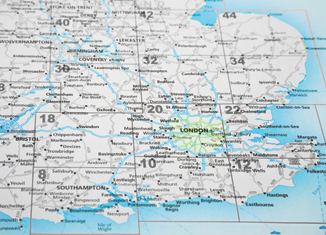The Met Police force recently made headlines following the sale of 32 buildings, raising £125m in the process. Many of these properties were old police stations in areas including Clapham, St John's Wood and Harrow Road.
The majority of these stations have been sold to housing developers, as revealed by the annual Mayor's Office for Policing and Crime's annual report, although the buildings will also be used as a school, college, shops and another site developed for healthcare purposes.
The Met certainly appear to have prospered from London's buoyant property market. Indeed, I'm sure developers were clamouring over themselves to acquire a disused police station - large, iconic buildings in such prime, central locations come up for development rarely. This story evidences a wider trend of unusual buildings being used for residential or commercial use. For instance, Battersea Power Station is currently undergoing its £8bn make-over, with the plant being utilised to create homes for 10,000 people. Weatherspoons has also been quoted saying it 'makes a speciality of bringing historic and unusual buildings back into economic use', with old banks, theatres, cinemas and churches all used to house branches of the pub chain.
While the property boom doesn't look like its slowing down, we may see more and more of these interesting or iconic buildings converted into more serviceable spaces. Inevitably, however, investing and converting an unusual building often brings up equally unusual legal challenges. These could be related to the building's architecture, boundaries, planning or environmental issues.




















